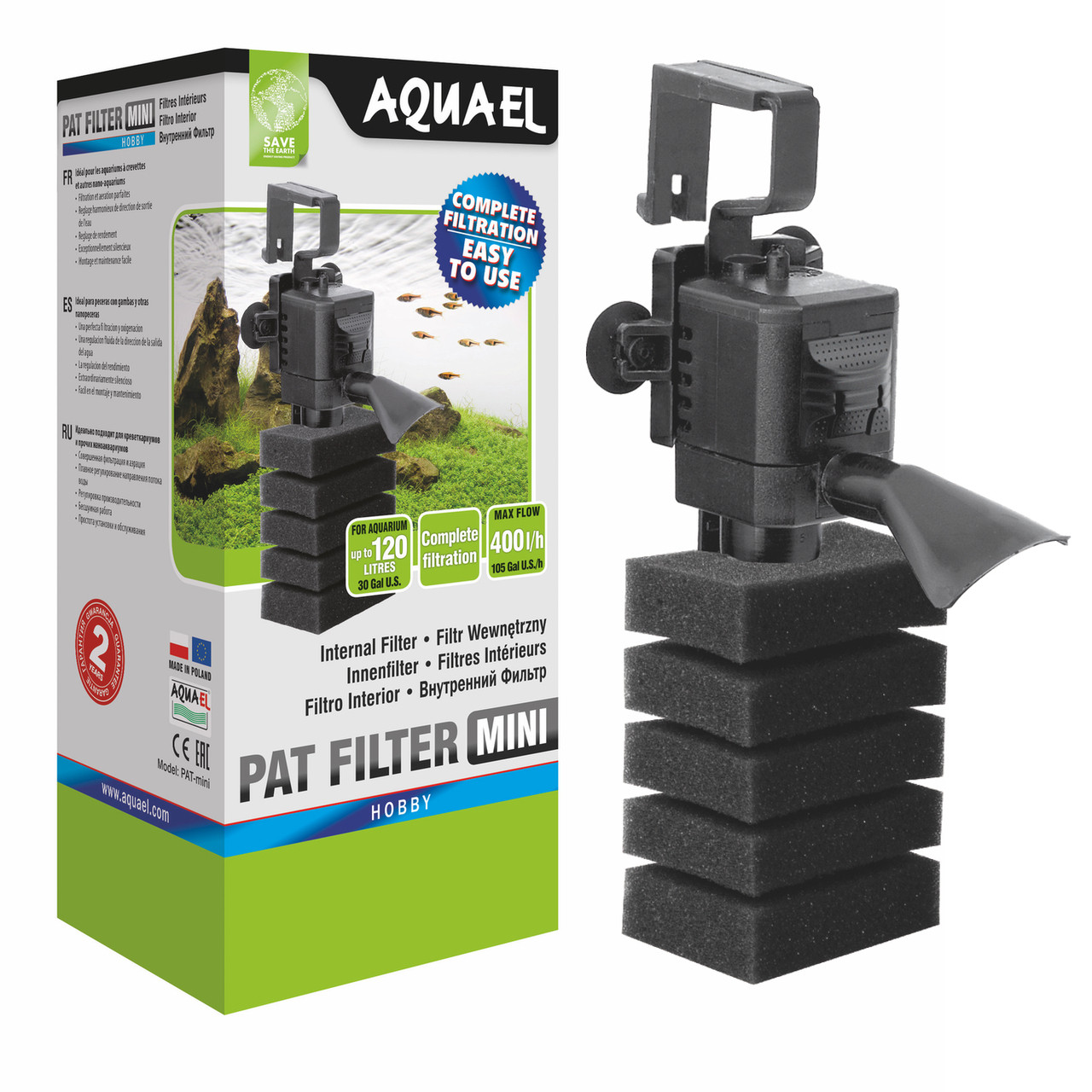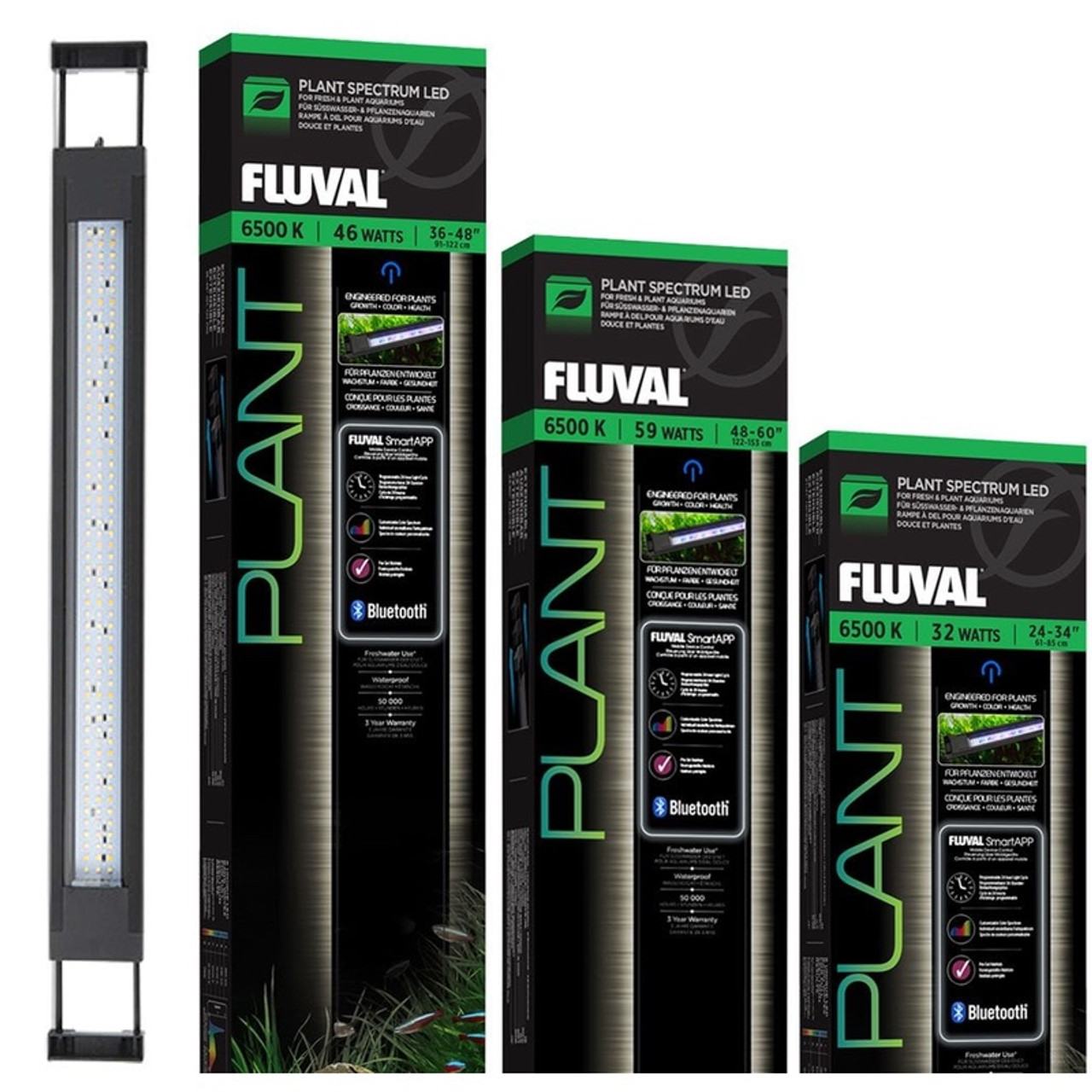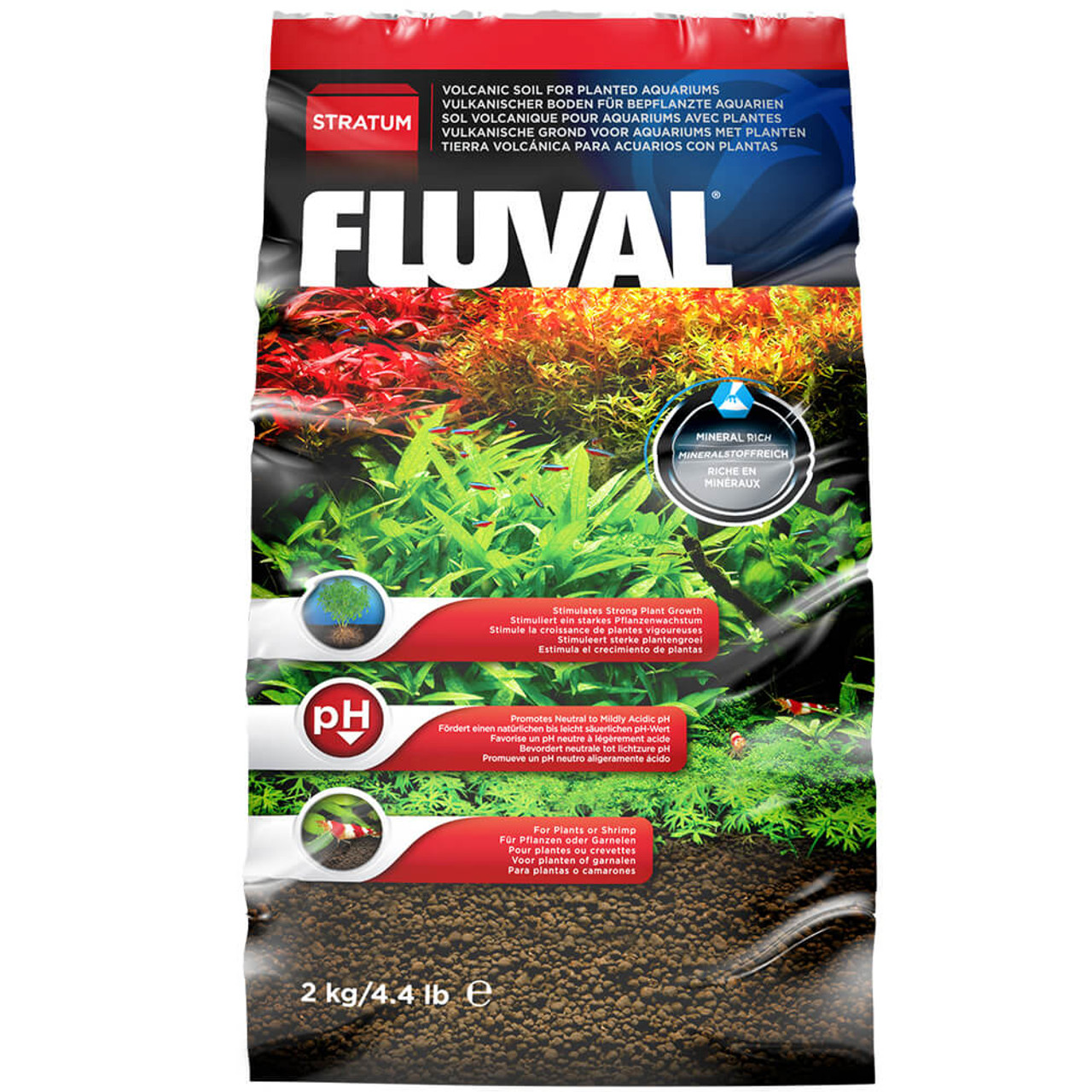How to Successfully Care for Freshwater Aquarium Plants?
Posted by Artur Wlazlo on 15 Dec 2022
Are you frustrated because your aquarium plants keep dying or do not look their best? Or, maybe you never kept freshwater aquarium plants before and do not even know where to begin? If so, do not fret anymore. In this blog, we will list and review the three most important requirements for successfully growing aquarium plants.
REQUIREMENT 1 - AQUARIUM WATER
Plants need water. Yes, we know that this is not groundbreaking news. But, in all seriousness, what type of water the plants are grown in matters. Things like water temperature, hardness, pH, and flow can influence how well plants do. Fortunately, this is rarely an issue as most aquarium plants readily adapt to a wide range of water conditions.
The good news is that most plants will grow well in temperatures ranging from 72F to 80F, with a pH of 6.5 to 8, and a total hardness of 8 to 16 dH. And, the better news still is that these water parameters are found in water in most U.S. households. You can measure these parameters using widely available aquarium water testing kits. In our experience, however, water parameters are not likely to be the cause of poor plant growth.
Poor water quality, on the other hand, will inhibit plant growth. Home aquariums are closed-water systems. In other words, unlike rivers or lakes, there is no continuous flow of fresh water. Consequently, as you add fish to your aquarium, the amount of waste in your aquarium will immediately start accumulating. Filtration will help to trap and convert some of that waste. Plants will also absorb some of this waste keeping your aquarium's water "clean." However, over time, and for various reasons - overstocking, overfeeding, and poor filtration - the quality of water in your aquarium will likely decline and will negatively impact your aquarium plants.
The waste and debris created by fish food and fish waste may raise nitrates and ammonia to higher than optimum levels, settle on the plants' leaves preventing them from efficiently absorbing light, or cause unsightly algae growth further inhibiting your plants' growth. To counter this phenomenon, we highly recommend making regular water changes. Weekly water changes of approximately 20% will be adequate in most cases.
Keeping your aquarium water at the correct and stable water temperature is also important. Most modern aquarium heaters allow users to precisely set the temperature at which they want the unit to operate and the majority of plants will grow well under a wide range of water temperatures. We recommend setting up your heater to the temperature at the lowest level acceptable to your tank inhabitants because lower water temperatures appear to inhibit algae growth.
REQUIREMENT 2 - AQUARIUM LIGHTING
Lighting is very important to aquarium plants. It is probably the single most important factor determining your success in keeping healthy plants. Aquarium plants use it as a source of energy to sustain their metabolism. Light intensity, light color or spectrum, and period of exposure are all important considerations when choosing aquarium lights for your plants.
Because light is essential to their well-being, care must be taken when choosing aquarium lights. To many beginners, who are not familiar with terms like light spectrum or intensity, this may appear to be a daunting task. However, modern aquarium lights - especially those made to grow live aquarium plants - make this task a breeze. These lights are designed with plants and their requirements in mind and come with many features, allowing users to control and set them up to meet plants' specific needs.
For example, the Fluval Plant Spectrum Bluetooth LED 3.0 aquarium light comes with a pre-programmed lighting cycle for aquarium plants, or you can change the light intensity and lighting period. Because some plants require high light to thrive while others will do well under low-light conditions these customization features will allow you to adjust the light to meet your plants' needs.
Many aquarium plants available on our website are tolerant of a wide range of water and lighting conditions. Most will do well under moderate lighting. Once you plant your aquarium plants, you should observe them for a period of three to four weeks before making any adjustments to your aquarium lights. Assuming all other factors are not an issue, if you notice that your plants are not doing well and their growth is stunted, the cause may be inadequate light.
If you are using Fluval lights or other programmable aquarium lights, you can adjust their intensity higher and see if your plants respond positively to this change. We recommend making incremental adjustments to avoid overcorrecting the problem. Again, as you are making these adjustments, allow a minimum of three to four weeks for observation as it takes time for plants to adjust to the new environment.
The period of exposure is also an important factor. If you leave your aquarium lights on for too long, you will encourage algae growth without meaningfully contributing to your plant's growth. Typically, a period of no more than eight hours is more than sufficient for aquarium plants to thrive. Some lights, like the Fluval light, have a gradual 24-hour light cycle setting from sunrise, mid-day, sunset, and night). This feature mimics the natural day-night cycle for aquarium plants.
REQUIREMENT 3 - AQUARIUM SUBSTRATE
Plants need substrate for their roots to grow and absorb nutrients. Many plants will do well in most substrates commercially available for purchase. But, if you are looking to provide your plants with the best foundation for their success, you may consider substrates specifically formulated for plants.
These substrates are rich in iron and other minerals essential for good plant growth and are designed to prevent heavy compaction, occurring naturally over time with regular gravel and/or sandy substrates, which may strangle their roots, preventing efficient absorption of nutrients. Essentially, starving them of food.
In recent years, many companies developed substrates specifically for growing aquarium plants. One of the best-known and respected brands in the aquarium hobby, Fluval, developed a substrate called Fluval Stratum. Brightwell Aquatics also started offering a high-quality substrate for growing aquarium plants. Both of these products are excellent at growing plants and will give your plants the best start.
In most situations, satisfying these three requirements will ensure your success at growing live aquarium plants. Plants beautify your aquarium and create a more natural-looking environment for your fish or shrimp. Many aquarium fish behave differently - naturally - in the presence of aquarium plants. They are also a natural filter that helps keep your aquarium water "clean" and tank inhabitants healthy.
One other important factor is plant food or fertilizers. We will talk about plant food and fertilization in our next blog. Stay tuned.




